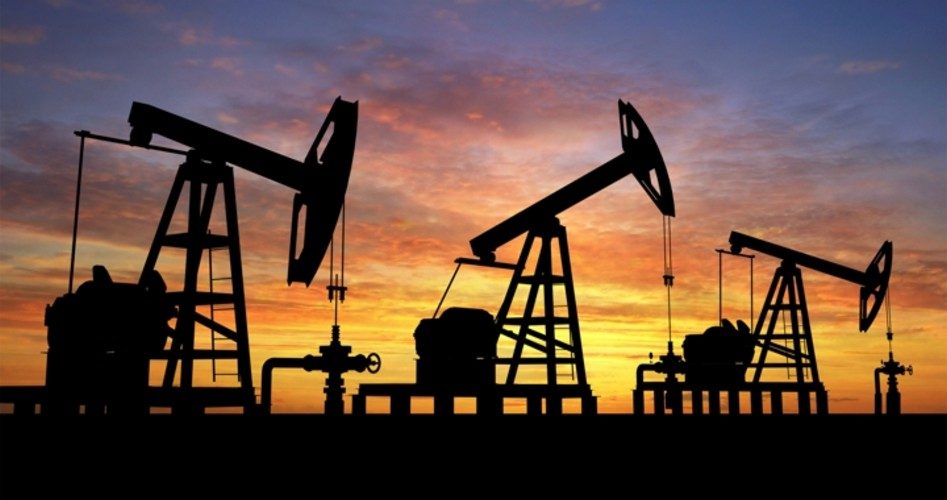
The 40 percent increase in the price of crude oil just since the end of January prompts two questions: Have investors seen the bottom in oil prices, and have drivers seen the lows in gas prices?
Todd Garner, the managing partner at Protec Energy Partners hedge fund, thinks so: “Slowly but surely — and I do mean slowly — the fundamental picture has gotten a little better. And it keeps getting just a little better.” This view was echoed by Fawad Razaqzada, a technical analyst at Forex.com: “The ability of oil prices to shrug off negative news lately should not be ignored. This behavior … shows that the underlying bullish trend is strong for oil.”
It’s said that every bull market climbs a wall of worry and it’s no different with oil. When last Sunday’s OPEC meeting ended with a whimper — no agreement to freeze production — oil prices were expected to drop. And they did, for about 10 minutes. Since then, crude prices have jumped more than five percent, continuing its advance from lows in late January of $30 a barrel for NYMEX crude to over $43 at this writing — a gain of more than 40 percent.
The three-day strike by oil field workers in Kuwait last week took 1.8 million barrels of crude off the market momentarily, but this had little effect on oil prices. Still, the bullish case for higher prices was strengthened when the Energy Information Administration predicted that U.S. crude production would drop further, from 9.4 million barrels a day in 2015 to 8.6 million in 2016 and eight million next year.
Confidence in higher oil prices was also reflected by something remarkable that occurred when a small oil company, Callon Petroleum, went to Wall Street for the third time in the last six months to sell some more shares. With that kind of dilution, especially in a thinly capitalized company, investors would usually see prices decline. Instead, Callon’s jumped. In fact, ever since Callon went to market, its shares have jumped from $4.21 a share to nearly $10, an increase of 136 percent.
It’s just a small example of what’s happening behind the scenes. Last year, North American oil companies sold a record $18 billion of new shares and have sold another $12 billion so far this year. The appetite of investors who have decided that the bottom is in and that now is the time to buy seems insatiable.
With demand creeping up and Memorial Day, the traditional start of the summer driving season, just a month away, the supply/demand equation continues to shift. The EIA estimates that American drivers have seen the last of $1.50 a gallon gasoline, that gas will instead average $1.94 a gallon for all of 2016.
Add to the equation that OPEC’s Secretary-General Abdallah Salem el-Badri just announced that another discussion about a possible production freeze will take place at the cartel’s next meeting in early June, and all indicators seem to be pointing north.
The rally may also be feeding itself as short-sellers, those who have banked on further declines in the price of crude, are finally calling it quits, selling their short positions, taking their losses, and moving to the buy side of the market.
In the short run, it’s risky to predict that the bottom is in. One thing is certain, however: If the price of crude stays in the $40s, or higher, frackers who have laid down their rigs will have them up and producing within weeks, taking advantage of the increasingly profitable opportunities. That will, in the course of things, put a ceiling on oil prices, setting a new normal well below the $100 that a barrel of oil was fetching less than two years ago.
A graduate of an Ivy League school and a former investment advisor, Bob is a regular contributor to The New American magazine and blogs frequently at LightFromTheRight.com, primarily on economics and politics. He can be reached at [email protected].



